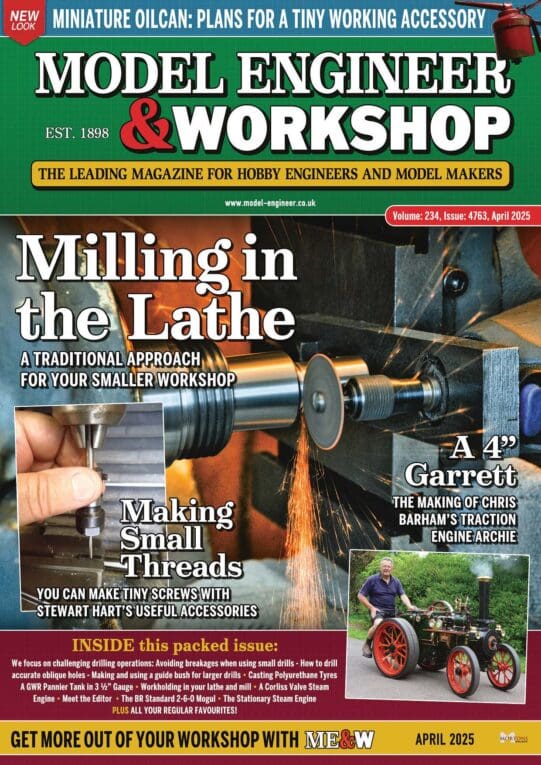This is certainly getting some comments! Thanks to all.
My BB drawing is dated "JF/5July 64"and looks exactly the same as the one in the book Model Boilers for Road and Ploughing Engines by John Haining dated 1974.
Nothing in the drawing about extending the sides of the opened up full length barrel, perhaps assumed. I don't have the ME articles describing the construction of the BB, I do for the 16hp single cylinder.
It is ironic that it was the 16hp one I was going to build, but Graham Howard of Brunell Model Engineering decided he wasn't going to supply more than a few of the castings. Paid £2300 for nearly nothing, plus £2500 for a commercial boiler and now got a pile of scrap. At the time I was in serious arguments with a planning department and knew if I met Howard there would be a death, so time now expired to take him to court.
The Minnie boiler is done with a short barrel and separate wrapper with ring, perhaps copy that?
I don't want to give the impression that this particularly worries me. But, I don't belong to a local club, Stamford or Melton, due to virus, I have not made a copper boiler, I have bought two Minnie kits to practise on, hopefully one with unflanged plates, in the end it has to be acceptable to the inspectors.
I will go back to Reeves to put the points to them, including the change to 10swg/3mm for all the copper.
I have also made comments about using oxy-acetylene. Just come across an article to send shivers up your back from ME 2 May 1986 number 3776 about just that, a 3.1/2" Britannia with combustion chamber. A beginner, using O-A welding gear, leaks everywhere, cut boiler in half to repair, burnt copper, solder run everywhere, repaired and joined back together and passes all tests. I obviously can't copy and paste the article here, but the mods might find it a useful exercise. I have to say that it is this that frightens the daylights out of me.
After reading so much, and this forum, I think now that copper is a safe material to make a 100 psi boiler from. Why? It is malleable and ductile, the flanging give a huge safety margin on the joints, propane can't damage the copper, silver solder is a safe material because if the joints are too larhe then it simply won't join. If the boiler is going to fail then all these make it fail slowly, it will tear or pull apart. Actually rather impressive. Apparently LBSC tested a boiler to destruction but no issue number where the results are given, can it be found and added this thread please?
KWIL.





